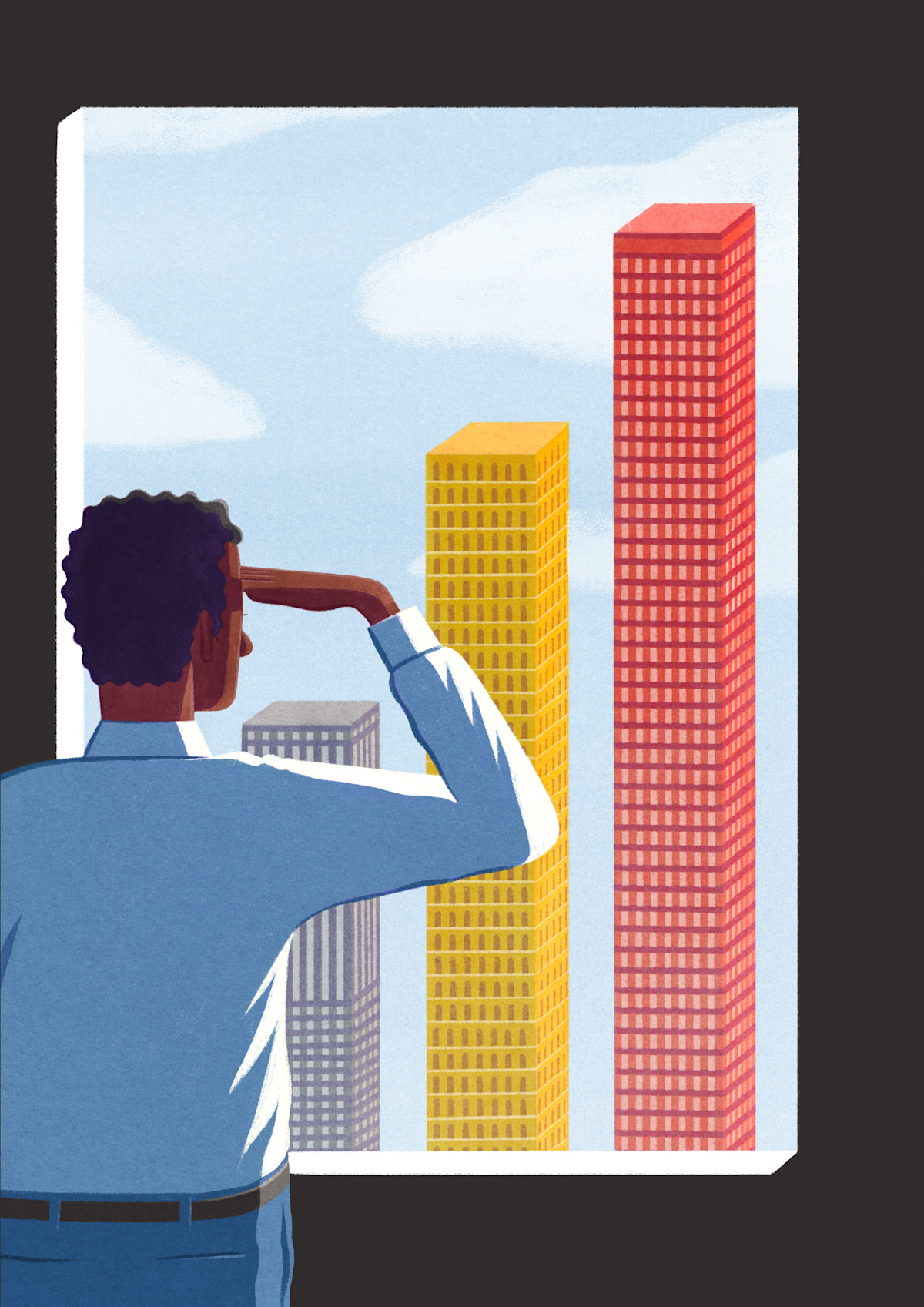[ad_1]
One of many constant narratives that has been enjoying out within the investing world is the demise of retail. With Amazon and different on-line retailers persevering with to develop and take market share, the world of brick and mortar has been mentioned to be dying a sluggish and largely well-deserved demise. Sears is the poster little one right here, with the as soon as dominant retailer collapsing. (In that case, nevertheless, Amazon doesn’t appear to be the first trigger.) Different retailers have additionally taken hit after hit, and their inventory costs have usually trended down. This pattern is seen as one thing new and totally different—and one thing to fret about. The demise of retail!
The pattern is actual, however it isn’t new. Or, extra exactly, it’s one thing now we have seen earlier than. It’s actually simply the subsequent era of retail change. Retail is evolving, not dying, because it has all the time executed.
The Evolution of Retail
The final evolution was led by Wal-Mart, which swept by the nation on the mantra of “all the time low costs.” Its low costs, giant shops with broad choices, and places in smaller cities and cities underserved by the principle division retailer chains made it the Amazon of its day. It additionally used these attributes to empty the purchasers and the life from downtown procuring districts, destroying the retailers there. Then, Wal-Mart did what Amazon is doing now: destroyed the present retail mannequin. Since then, the dynamic of a lot of these downtown districts has been reinvented, with shops and companies constructed round providers quite than items. For those who can’t compete on worth or choice, it’s a must to compete on one thing else—that’s, service.
The iteration earlier than that was led by Sears itself, with its mail-order catalog enterprise. Between the flexibility to order by way of mail and the massive shops with expansive choices and decrease costs, Sears took over the American retail trade. Sears was the Amazon of its day, utilizing the mail as a substitute of the web and providing an unparalleled product choice for its time. It destroyed lots of the small-town basic shops, since shoppers may purchase issues from Sears as a substitute, cheaper and with extra choice.
The evolution earlier than that was when the primary malls took a number of product classes and put them underneath one roof. At one level, there have been a few malls in any fairly sized metropolis. It wasn’t nearly choice, although. The malls took these objects and confirmed patrons how they might be used, combining service with choice. The malls killed the person product shops.
We see these shifts within the retail enterprise again and again. All have handled the cut up in retail between worth, choice, and repair. In every case, somebody got here up with a greater solution to deal with at the least two of the three components. These areas are the supply of the latest retail stress, in that Amazon established a excessive hurdle for each worth and choice, which many present retailers couldn’t meet. When firms have been substandard on these two in contrast with Amazon and have been unprepared to step up the service to offset that lack, they’d nowhere to go. These are the businesses which were failing.
We’ve Been Right here Earlier than
There are different firms, although, which were in a position to roughly match Amazon on choice and worth—and set the bar a lot larger on service. As soon as once more, retail is being reinvented, for the third or fourth time.
We are able to see this reinvention in the newest earnings stories and inventory efficiency. Some firms (e.g., Goal and Wal-Mart) have executed very effectively by reinventing. Others usually are not doing as effectively, as they wrestle to discover a match that works for his or her clients and enterprise mannequin. In different phrases, the retail apocalypse is simply the unusual evolution of enterprise enjoying out once more—to the last word advantage of the buyer.
Retail is neither useless nor dying. It’s simply altering, like every other enterprise. As buyers, we have to keep watch over that change, in addition to what it means for our firms.
Editor’s Word: The authentic model of this text appeared on the Unbiased Market Observer.
[ad_2]

